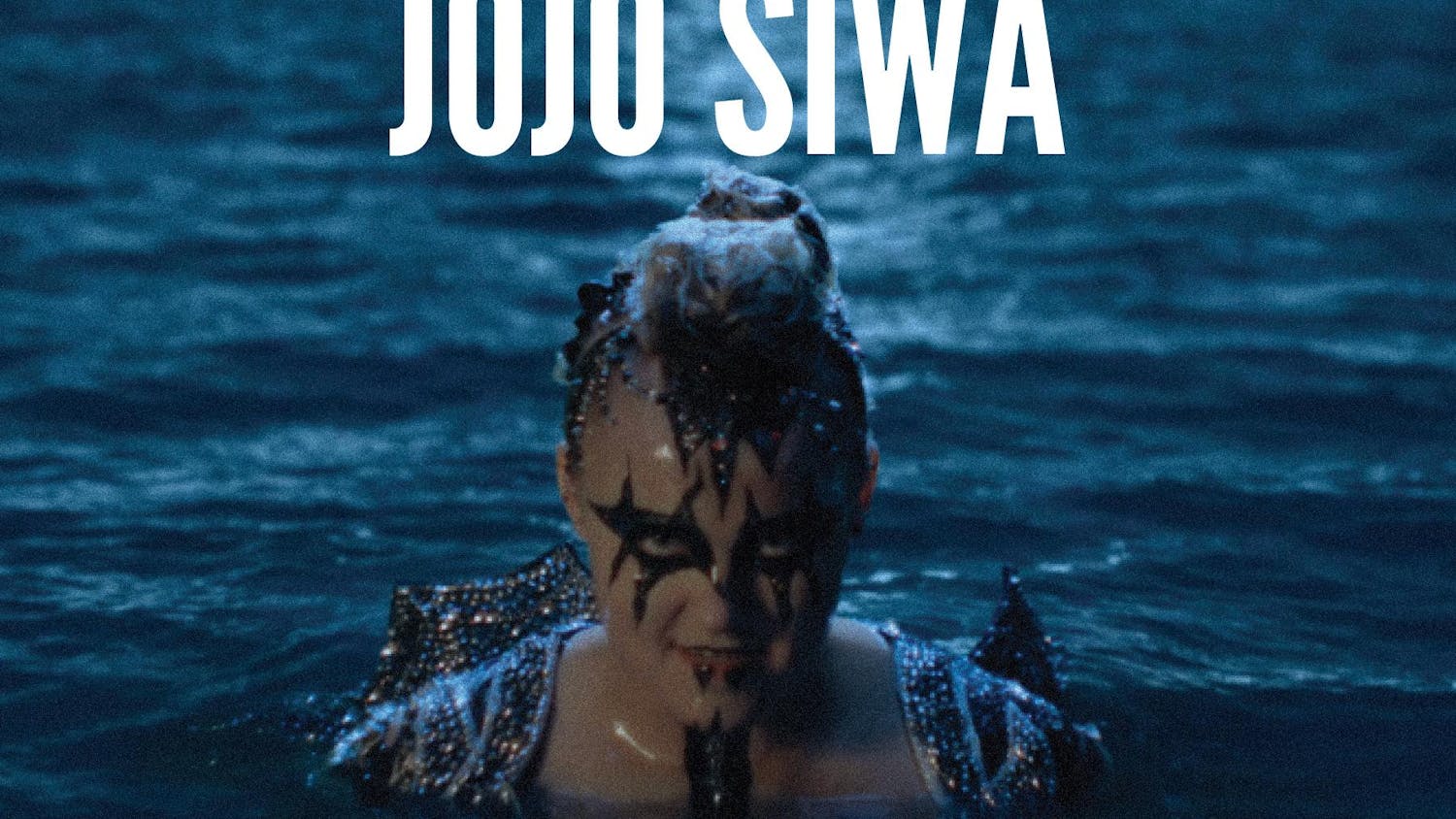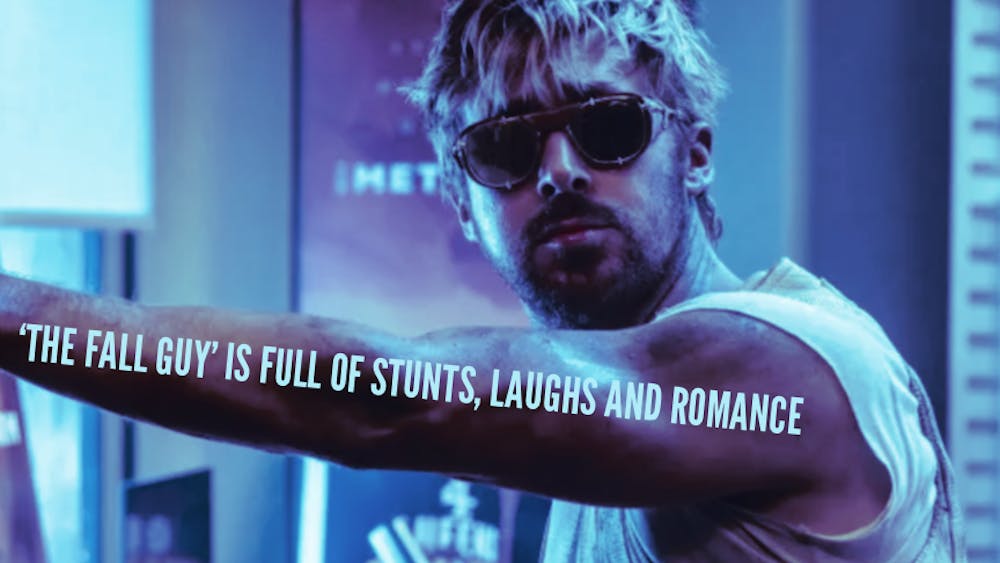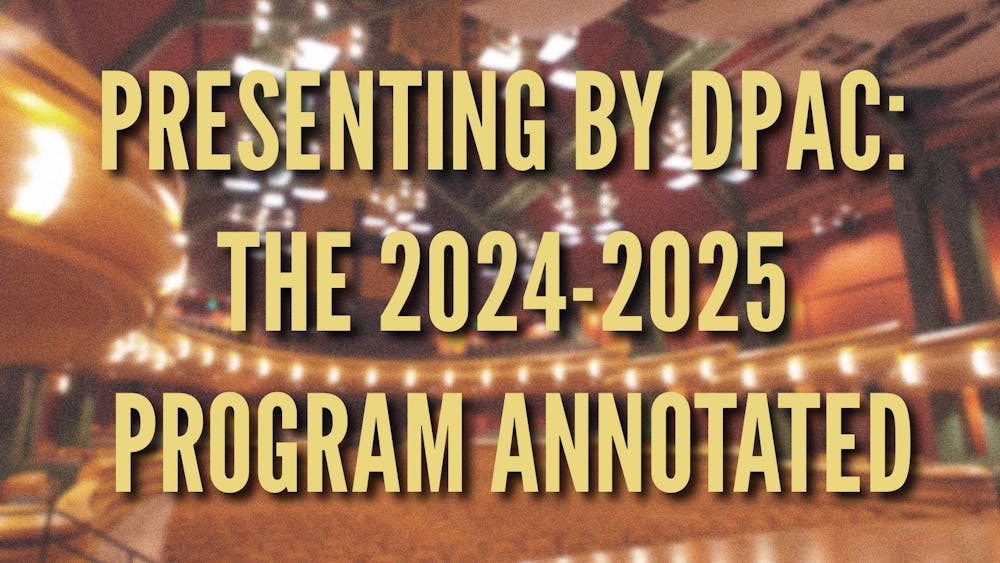
Two weekends ago, I watched a total of four animated movies in a four-day span. These films were, “Frozen 2,” “Inside Out,” “Ratatouille” and “Big Hero 6,” respectively. I have come to realize that I prefer animated films to those with real actors or based on real-life like documentaries. I’d like to think it is because I’m still a child at heart, but I have found in my 21+ years of movie-watching and film-going, animated films are much more likely to evoke an emotional response in me. The most common emotion are tears.
I have dedicated this piece to the exploration of why animated movies consistently elicit more emotion in comparison to those occasional watery eyes from films with real-life human actors and actresses.
First, please humor my ex-English major brain when I mention the phrase, “suspension of disbelief.” I have come to know that I automatically do this in almost every film, and, since animated stories have no limit to what can happen, I think my ability to suspend disbelief soars at the idea of what could potentially occur. With all of the crazy explosions, inventions, creatures and phenomena aside, many animated movies I have seen recently always do an excellent job of reeling the imagination back into focus on a lesson or concept that can be applied to real life. This usually the part which makes me cry.
A theme I have noticed that is likely to move me to tears nine times out of ten are relationships –– mostly family dynamics –– but also friendships, romantic relationships and bonds that have developed over the course of the film. Parent-child ties and sibling bonds that are seen in family relationships and even pet or animal-human bonds get me the most! As a college student far from home, I think it makes sense that mother-daughter or father-son and vice versa relationships bring out homesickness and nostalgia for me. The road bumps that these characters face throughout the films, which make for a powerful reunion in the end, really bring me to reflect on my relationship with both of my parents.
The climax, or the point where the audience learns the moral lesson and the crucial point of the story, is where I am most vulnerable. Due to the several other hard, sad, crazy moments which have led up to this point, puts even more pressure on the outcome and how it will fit into the rest of the story.
The element of simplicity is a beautiful part of animated movies. One could argue that movies with “real” people are simpler plot-wise because they lack all the special effects and imaginative worlds which animated films tend to take place in, but animated movies aim to keep the viewer captivated throughout in order to deliver a key message in the end to tie the whole thing together. In “real people” films, the layers of actors, their facial expressions and plot points may not flow in succession providing barriers to the childlike sensibility with which we approach in animated films.
I hope you all are finding time to watch some fun, fulfilling and heartwarming movies this semester.













